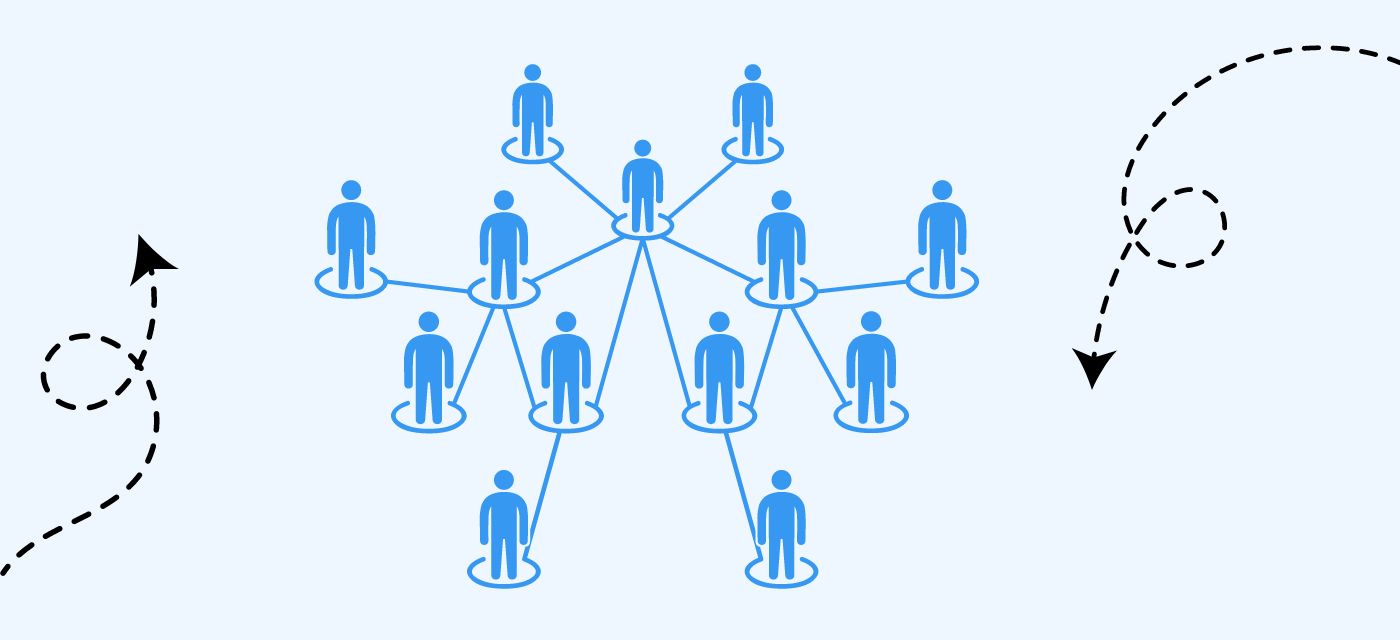The new Code of Practice in Australia
In Australia, the government has introduced a new Code of Practice that places a stronger obligation on employers to manage their employees’ psychosocial safety at work. It will come into effect from the 1 April, 2023 and has been published by Safe Work Australia. This is a significant development that recognizes the importance of creating a safe and healthy work environment for all workers.
The new Code of Practice has been designed to help employers identify and manage psychosocial hazards that may arise in the workplace. These hazards can include anything from workplace bullying, stress, and fatigue to violence, harassment, and discrimination. The Code provides practical guidance on how to identify and address these hazards, as well as how to prevent them from occurring in the first place.
Identifying risk in your workplace
One of the key elements of the new Code of Practice is the requirement for employers to conduct a risk assessment of psychosocial hazards in the workplace. This assessment should involve consultation with workers and their representatives and should be reviewed regularly to ensure that any new hazards are identified and addressed.
Employers will also need to implement control measures to manage the risks associated with psychosocial hazards. These measures may include things like providing training and education on workplace bullying and harassment, promoting work-life balance, and implementing policies and procedures to prevent and respond to incidents of bullying, harassment, and discrimination.
Furthermore, the new Code of Practice has the requirement for employers to provide support to workers who have experienced psychosocial hazards. This may include access to counseling and support services, as well as flexible work arrangements and reasonable adjustments to work duties.
Addressing psychosocial risks
In recent years, there has been growing awareness of the psychosocial risks that employees face in the workplace. These risks include everything from stress and burnout to harassment and discrimination. With the COVID-19 pandemic causing even more challenges for the workforce, it’s become increasingly important for HR leaders and managers to address these hazards.
At Beamible, our work design platform can help reduce psychosocial risk hotspots in the workplace. By equipping HR leaders and managers with the tools they need to manage these hazards, we can help create a safer and healthier work environment for everyone.
High Job Demands
One of the most common psychosocial risk factors in the workplace is high job demands. This can include everything from long hours and tight deadlines to a lack of resources or support. With Beamible, HR leaders and managers can identify areas where job demands may be too high and work to create more manageable workloads for employees. This can help reduce stress and burnout, leading to better overall performance and employee satisfaction.
Low Job Control
Another common psychosocial hazard is low job control. When employees feel like they have little say in their work, it can lead to feelings of helplessness and disengagement. With Beamible, HR leaders and managers can work to increase job control by giving employees more autonomy and decision-making power. This can help create a sense of ownership and accountability, leading to more motivated and engaged employees.
Poor Organisational Change Management
Organisational change can be difficult for employees to navigate, and poor change management can lead to feelings of uncertainty and anxiety. With Beamible, HR leaders and managers can better plan and manage organisational change, ensuring that employees are informed and supported throughout the process. This can help reduce the negative impact of change on employee wellbeing and overall job satisfaction.
Role Ambiguity and Role Overload
Finally, role ambiguity and role overload can be significant psychosocial risk factors in the workplace. When employees don’t have a clear understanding of their roles or are overwhelmed with too many responsibilities, it can lead to stress and burnout. With Beamible, HR leaders and managers can work to clarify roles and responsibilities, ensuring that employees have a clear understanding of their expectations. Additionally, managers can use Beamible to identify areas where employees may be overloaded and work to redistribute tasks more evenly.
It doesn’t have to be hard
Part of the problem is that we’re all strapped for time, with pressures to deliver more right now. So who has the capacity to implement new programs right now??! Beamible is a light-lift program that comes ‘off the shelf’ ready for you to use. A key component is upskilling your managers with the capability to:
- Prioritise based on organisational priorities
- Sort OKRs from NOKRS (active de-prioritisation of the lowest value work)
- Self-serve to adapt workload to teams impacted by reorgs or layoffs
- Get visibility into what their teams are doing (or aren’t doing)
- Scenario plan changes, and align with stakeholders on new plans
Timing - we need this now!
We hear you. And we have the answer now.
In a matter of weeks, Beamible can help you:
- Identify where risks exist within your organisation
- Make a plan to address that risk through work and role design
- Start to repair ’low-hanging-fruit’ risks
In a matter of months, Beamible can achieve:
- A long-term plan to continue reducing psychosocial risk
- A long-term plan to ensure it doesn’t creep back in





